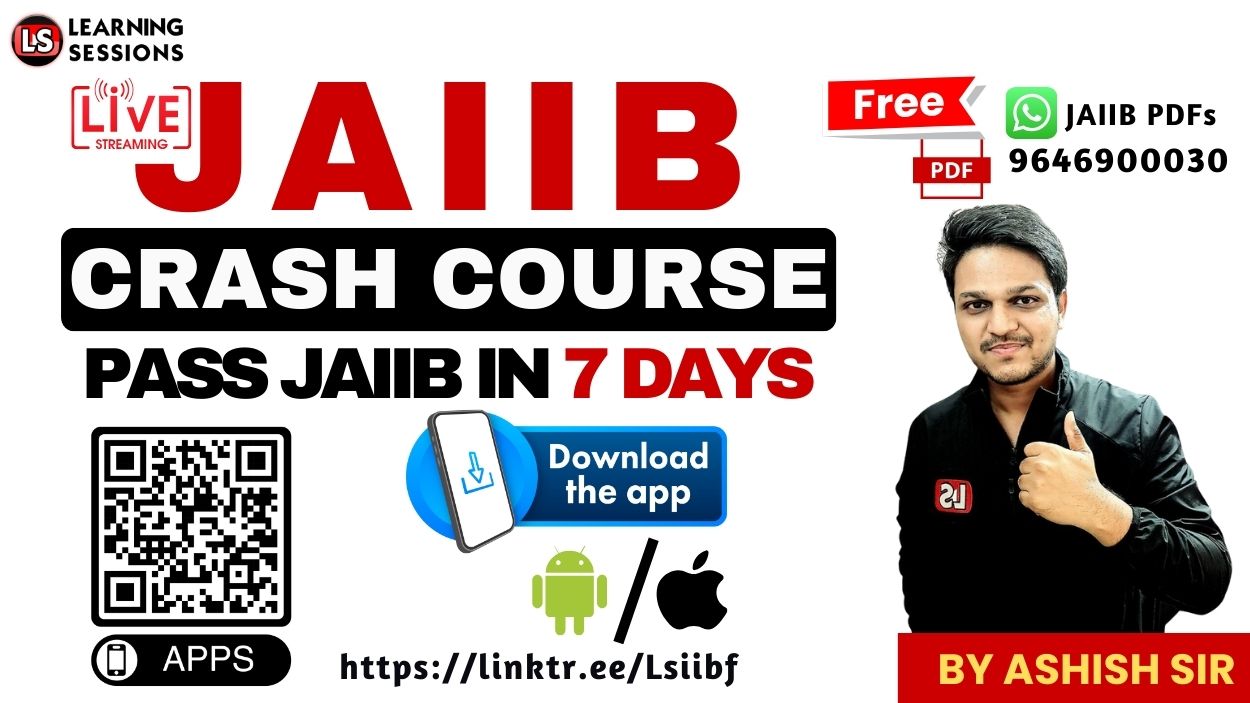EMV & POS | FREE RETAIL BANKING SYLLABUS 2024
EMV
It stands for Europay, MasterCard, and Visa
APPROVAL PROCESSES FOR CARDS
There are 10 steps involved in the EMV flow of the transaction:
- Choice in the application is made by the terminal and Card chip.
- Data is read by the terminal from the application.
- To make sure that the card is not counterfeit, data is authenticated offline.
- After the authentication, the transaction and payment are confirmed.
- Verification of the cardholder is done with the help of a PIN, CVM, or signature.
- The reader also checks floor limits and the like.
- Approval request received from the terminal.
- Card approval could be online or offline.
- After the request for authorization and authentication are complete, they are sent to the system which will authorize the payment.
- After the finalization of the transaction, the issuing script is sent to the card.
Related Links:-
BENEFITS/FEATURES OF EMV CHIPS
- These chips are specifically designed for the prevention of fraud.
- The transaction Codes used in the transactions are unique
- These ships cannot be tempered mostly.
- It is the kind of encryption Technology.
- There is always a room for growth in the use of these chips.
- These chips have high rate of success
- These chips enable enhanced communication between card and bank.
BACK-END OPERATIONS
- For the creation of a unique encrypted code (known as a token or cryptogram), shift and the terminal work together. The token is unique for every transaction that takes place and is only used once.
This number is created using the information contained in the chip after combining it with the information available in the terminal. This combination is done using the instructions which are contained in the chip.
- Being a dynamic number, it is different for every transaction. Therefore, it will be useless outside of that transaction. This means that if anyone were to copy it, they would not be able to use it for making any purchases with the help of the card.
This way, it is totally different from the information which is contained in a magnetic stripe that is always on the card and anyone can copy it.
- The next step is to decode the token so that verification can be done that it has actually come from the card chip.
For this to happen, the number will either be sent to the issue of the card over the internet for verification or it could be verified with the help of a terminal through offline verification. Offline verification is processed more quickly because there is no requirement for the online check.
- After the token has been verified and the system has determined that you have enough credit on your card, your purchase will get the approval.
BACK-END OPERATIONS INCLUDE:
- Processing of Transactions
- Clearing
- Settlement
RESPONSIBILITY FOR FRAUD WITH EMV CARDS
When it comes to liability in relation to fraud with EMV cards, nothing really changes for the consumer as he or she will not be held responsible for any fraudulent transactions which are conducted in most of the cases as long as they alert their card issuer.
So, the liability for fraud lies with the issue of the card or the processor who has processed the payment, depending on the terms of issue.
But from the time the technology has shifted to EMV, the liability for fraud lies with the ‘ least – EMC compliant party’ i.e in some of the cases it is the merchant.
This means that if a merchant has installed a new system of EMV and people are still forced to use the magnetic stripe instead, the merchant himself or herself will be held responsible for the fraud if it ever occurs.
Read Also:-
| SYLLABUS | STUDY MATERIAL | NOTES | MOCK TESTS |
| CAIIB Retail Banking Syllabus 2024 | CAIIB Retail Banking Study Material PDF 2024 | CAIIB Retail Banking Notes PDF 2024 | CAIIB Retail Banking Mock Test PDF 2024 |
POS TERMINALS
POS stands for Point of Sale.
MEANING OF POS: These small payment devices which are installed at the locations of merchants by the banks are known as point-of-sale terminals. With the help of a POS terminal, customers can pay for a product via a debit or credit card either by swiping or inserting the card at the terminal.
Basically, they process the transactions at the merchant locations by accepting cards which have a magnetic strip or chips installed on them.
The systems of POS have cut down the operating costs and mistakes that happen because of human errors.
TYPES OF TRANSACTIONS AT POS TERMINALS
Sale: When a customer pays from his account to purchase a product or service, it’s a sale.
Void: If a merchant cancels the sale and the amount received is owned back before the transaction is actually settled, it’s called void.
Refund: If a merchant cancels the sale and the amount is received after the end of the day after settlement, it’s called a refund.
Pre-authorization: This type of transaction is used in hotels where a sum of money is blocked from the account of customer specific period of by the merchant.
Cash advance: It happens when a POS is used as an ATM machine where the merchant gives cash to the customer instead of a service or product.
Chargeback: Payment date may be due between the parties involved in the chain which have been described above and might be reserved before after the settlement for a specific transaction. The reason could be that the transaction has been challenged by the holder of the card or the card issuer as a ‘chargeback’ as per the rules of the scheme or because it has been refunded by the merchant.
MDR: It refers to the rate which is charged from a merchant by the bank for the services of debit and credit card. This rate is determined on the basis of volume of transactions, average price of ticket, risk involved and the type of industry.
The merchants need to set up the service with the bank and have to agree with the rate before the debit or credit card services are accepted as a payment.
Interchange: The fees that are passed from the acquired to the issuer on transactions of purchases. It provides the balance which promotes both the issuance of cards and their usage as well as maximizes the chances that merchants will accept the services.
Also Like:





